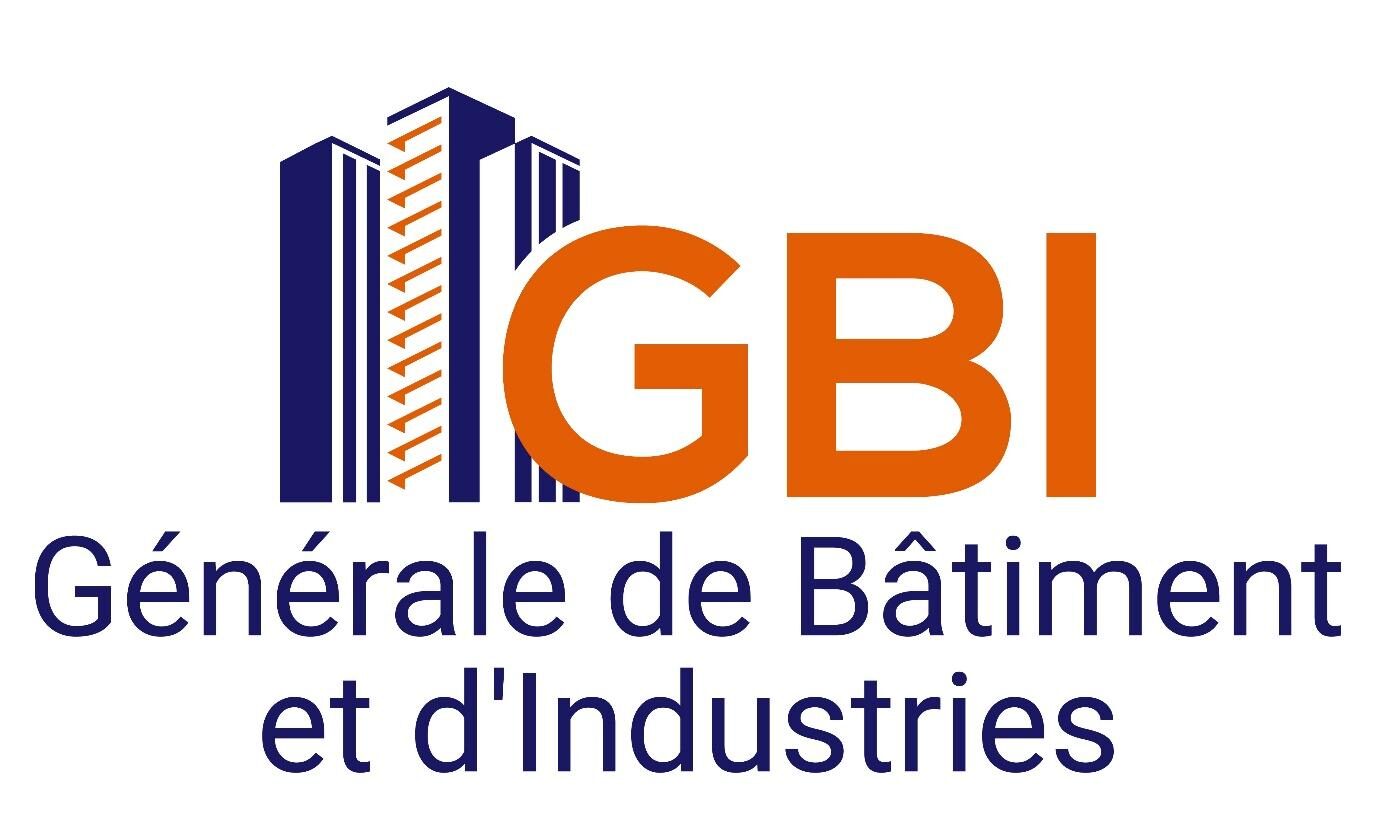The Wild Ride of Crypto Market Data and NFT Marketplaces: What’s Really Going On?
Okay, so check this out—cryptocurrency prices change fast, like lightning fast. You blink, and the whole market’s flipped upside down. Wow! For investors trying to keep pace, it’s a mad scramble. But here’s the thing: behind those numbers and NFT sales, there’s a whole ecosystem of data platforms and marketplaces that shape what we see and how we feel about crypto. Initially, I thought tracking crypto prices was straightforward—just numbers, right? But no, it’s messy, noisy, and sometimes downright confusing.
My instinct said, “Something felt off about relying on a single source for market data.” Turns out, that gut feeling wasn’t wrong. On one hand, you have tons of platforms throwing out price feeds and charts. Though actually, not all of them are equal in reliability or transparency. For example, if you’re hunting for comprehensive stats and updates, the coingecko official site is one platform that keeps it real with their data aggregation. They pull from various exchanges to give you a fuller picture, not just a sliver.
Really? Yeah. Because when you rely on just a single exchange’s numbers, you might miss huge swings happening elsewhere. That’s why savvy investors peek under the hood and compare multiple sources before making moves. It’s like checking several weather apps before deciding whether to carry an umbrella in New York—some say rain, others not so much. You want the broadest view possible.
Now, NFTs add another twist to this data dance. The NFT marketplace is a beast of its own—volatile, speculative, and sometimes a little shady. Hmm… I remember diving into NFT sales history and noticing weird spikes that didn’t quite add up. At first, I thought it was organic hype, but then realized wash trading (fake trades to boost apparent volume) was playing a role in skewing the stats. That bugs me. Transparency here is very very important because the market’s young and easily manipulated.
Take OpenSea or Rarible, for instance. They’re huge NFT marketplaces, but data from these platforms alone won’t tell you the whole story. You’ve got to layer on blockchain analysis, social sentiment, and even off-chain chatter to get a sense of real value and trends. It’s not exact science—more like detective work with a magnifying glass and a bit of skepticism.

Why Market Data Accuracy Matters More Than Ever
Seriously? Absolutely. Here’s the kicker: inaccurate or incomplete data can lead to bad investment decisions that cost real money. I’m biased, but I think many new investors underestimate how much they rely on raw numbers without questioning them. For example, when a coin’s price is inflated on one exchange but tanking on another, your portfolio’s true value is murky. This is why cross-referencing through a trusted aggregator is vital.
And speaking of aggregators, not all of them update data at the same speed or with the same depth. Some refresh every few seconds; others lag by minutes. That matters when you’re trying to time a trade or assess market sentiment. So, a platform like the coingecko official site stands out because they blend speed with breadth, pulling from hundreds of sources.
But wait—there’s more. The crypto space is riddled with sudden news drops—regulatory announcements, exchange hacks, celebrity endorsements—that can send prices haywire almost instantly. Market data platforms try to capture these shifts, but sometimes the reaction is too quick for the data to keep up. It’s like watching a squirrel dart across the road—you think you saw it, but did you? Yeah, that’s why real-time alerts and news feeds integrated with market data are game-changers.
And here’s where NFTs make things even trickier. Unlike coins, NFTs are unique and don’t trade on price alone. Their value is tied to cultural trends, creator reputation, and even the platform’s health. So, raw sales volume or floor price alone won’t tell you if a collection’s about to pop or flop. You need context, sentiment analysis, and sometimes just plain old gut feeling. Investors who don’t get that risk getting burned.
Honestly, I’ve seen NFT projects skyrocket on hype alone, only to collapse months later when interest dries up. It’s a rollercoaster that requires both data savvy and emotional discipline. Oh, and by the way, these marketplaces are evolving fast, with new features like fractional ownership and dynamic pricing. That’s a whole other layer of complexity for data trackers to handle.
How to Navigate This Data Jungle Without Losing Your Shirt
Here’s what bugs me about most crypto advice—it often glosses over the *how* of data interpretation and zeroes in on hype. I think a better approach is to start with reliable sources, then layer in your own analysis and skepticism. For example, bookmark the coingecko official site for a broad snapshot. Then cross-check prices on major exchanges, look at trading volume, and keep an eye on blockchain explorers to verify real activity versus bots or fake trades.
Also, never underestimate the power of community sentiment. Twitter, Discord, and Reddit often break news or rumors faster than traditional media. But here’s the catch: these channels can be echo chambers or manipulated by trolls. So, take everything with a grain of salt—and maybe a handful of popcorn.
Something else I learned the hard way: timing is everything. Market data might say one thing, but if your timing is off, you’re toast. For instance, jumping into an NFT drop without researching the creator’s track record or the project’s roadmap is a recipe for disappointment. Patience and due diligence pay off.
Actually, wait—let me rephrase that. It’s not just patience, it’s *informed* patience. Staying updated on market news, regulatory changes, and tech developments gives you the edge. It’s like trying to surf—you need to read the waves before you ride.
Finally, I’m not 100% sure crypto data will ever be perfect. The market’s too young, too decentralized, and too volatile. But with tools like the coingecko official site and a healthy dose of skepticism, you can at least avoid the worst pitfalls and ride the waves smarter.
FAQs About Crypto Market Data and NFT Marketplaces
How reliable are aggregated crypto market data platforms?
They’re generally more reliable than single-exchange data since they pull from multiple sources, reducing manipulation risks. But no platform is perfect—always cross-reference and watch for anomalies.
What should I look for when tracking NFT marketplace trends?
Focus on sales volume, floor prices, creator reputation, and social sentiment. Remember, NFTs are not just about numbers—they’re cultural assets, so context matters.
Can market news drastically affect crypto prices?
Absolutely. Regulatory changes, hacks, or endorsements can cause sudden price swings. Staying updated with real-time news integrated into data platforms is key.

